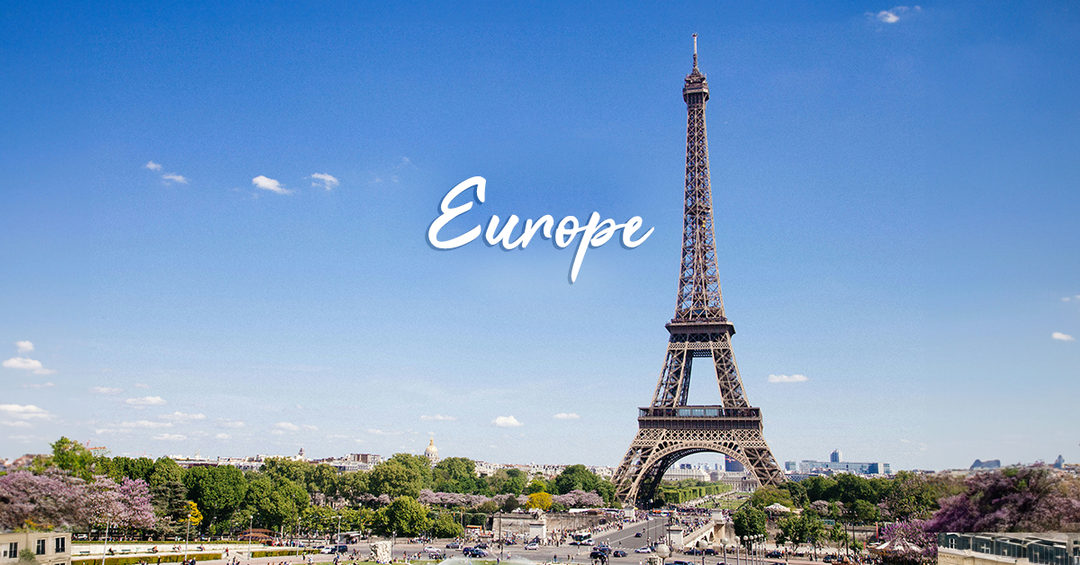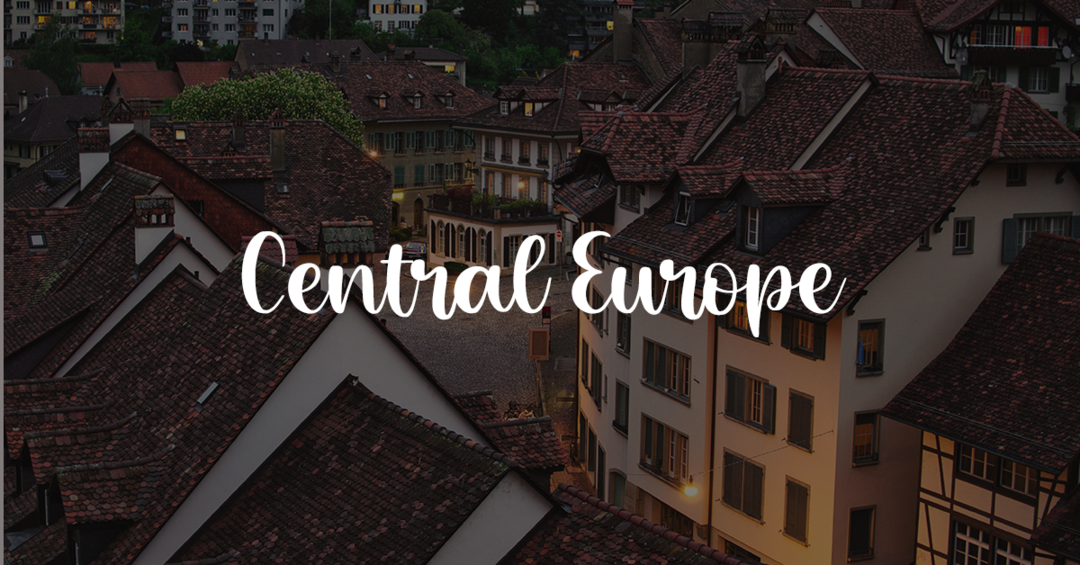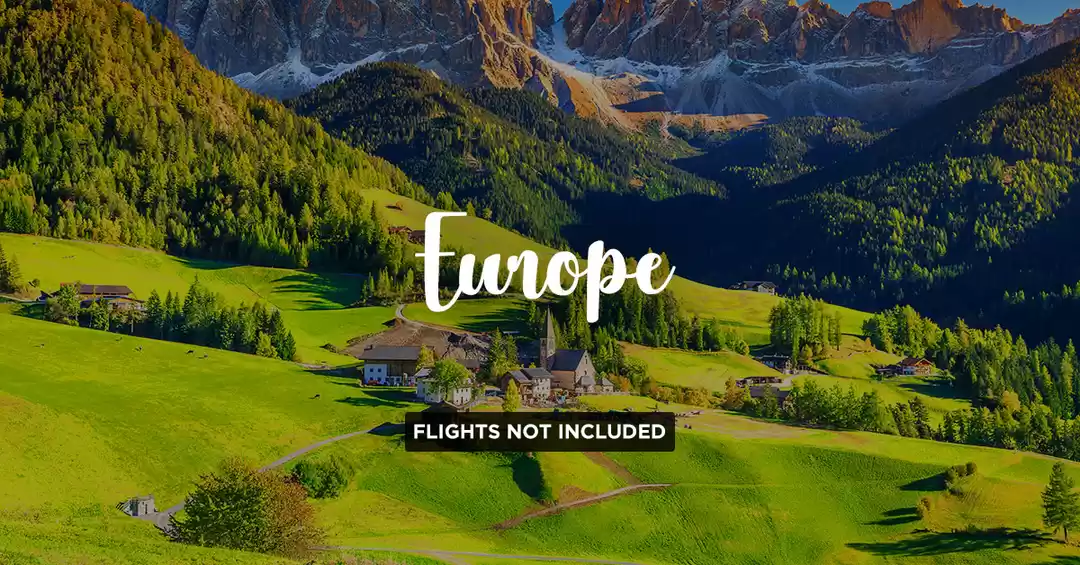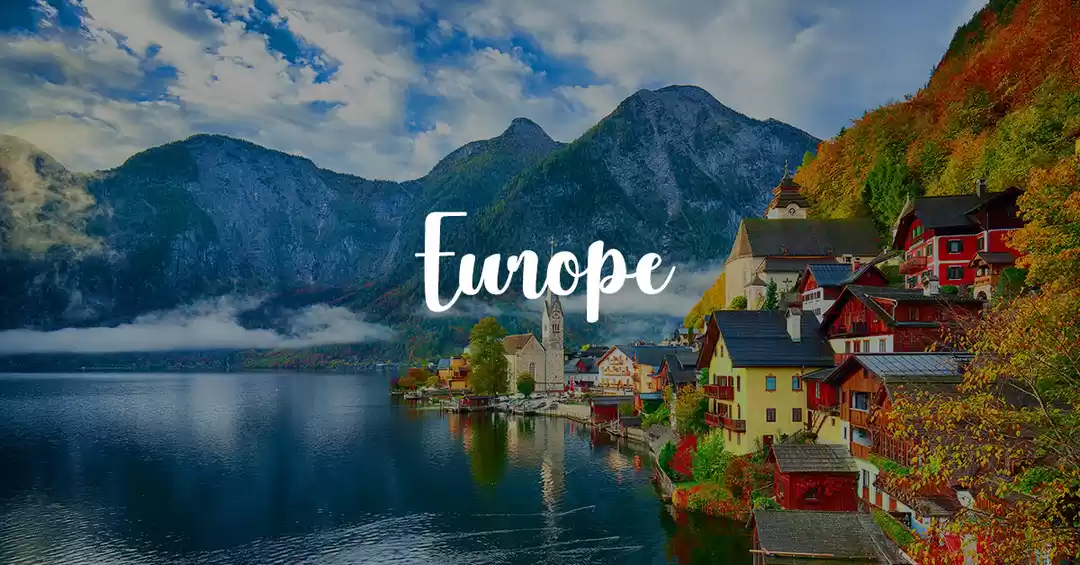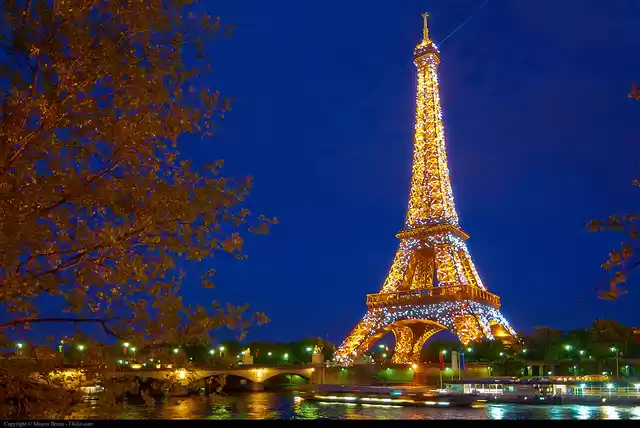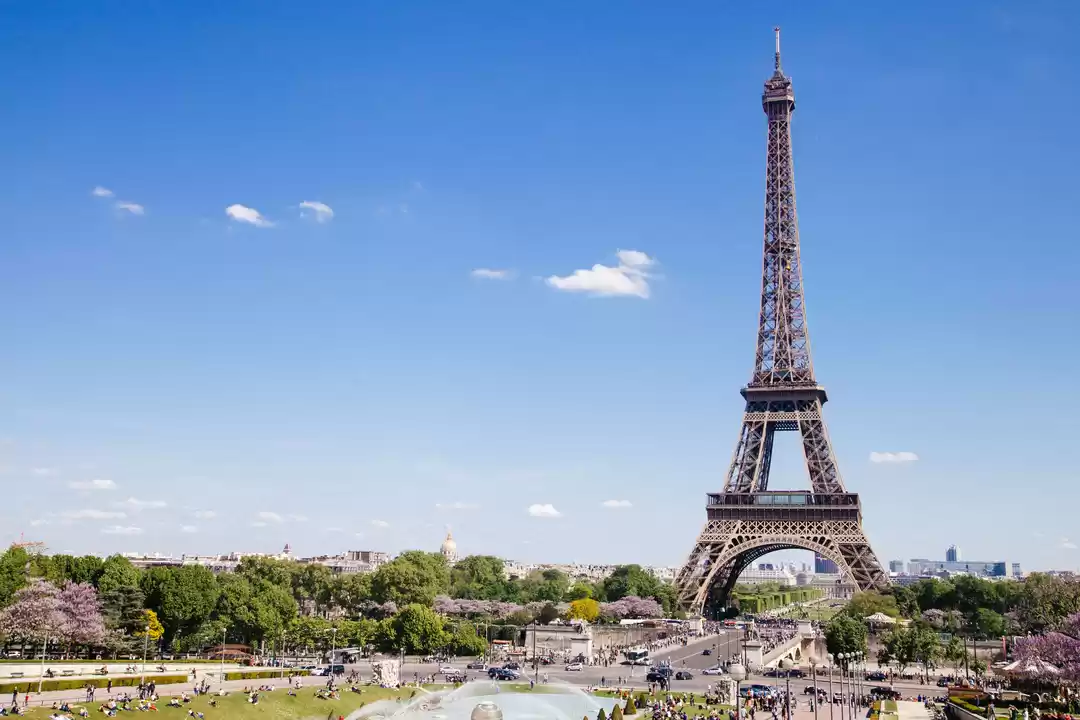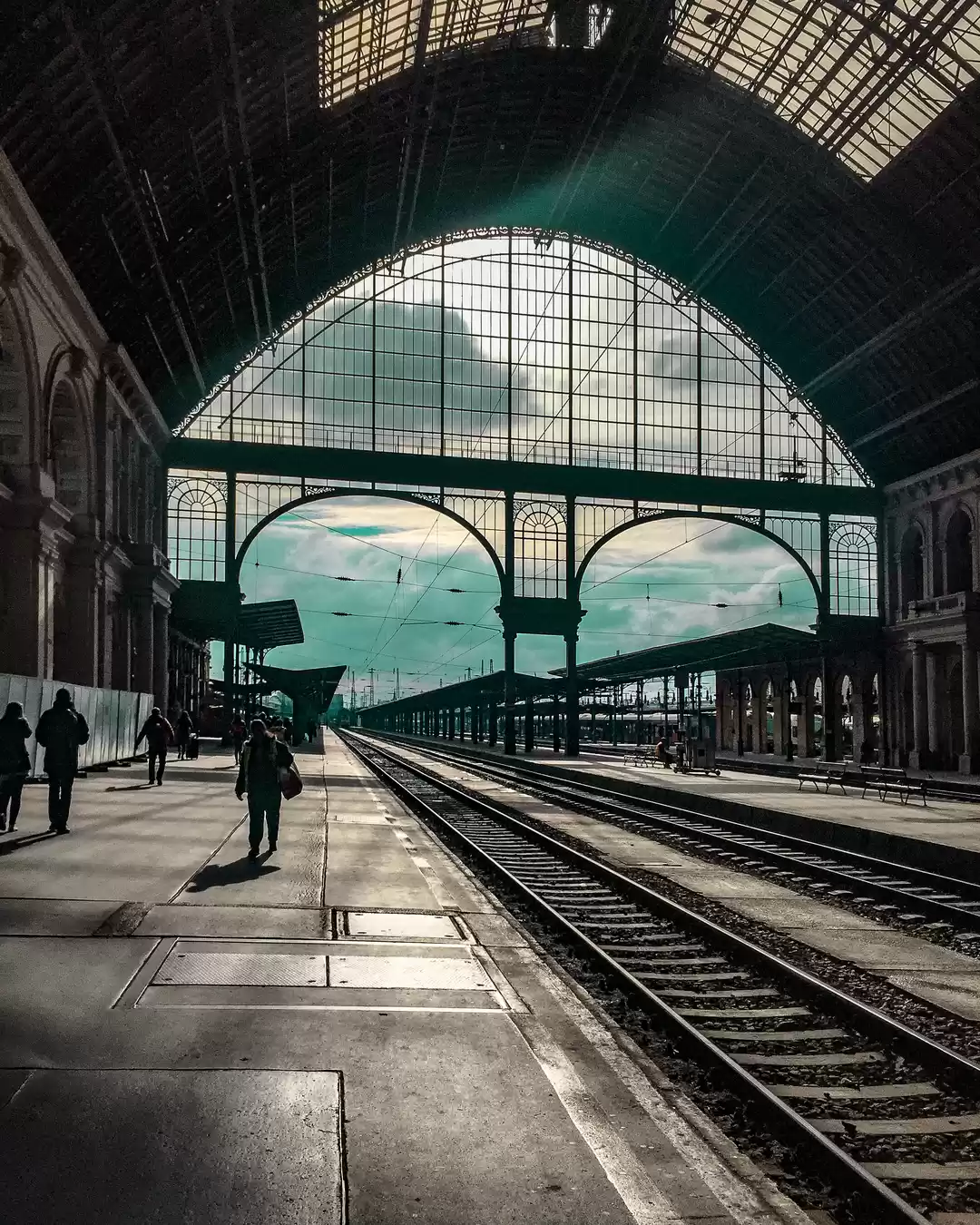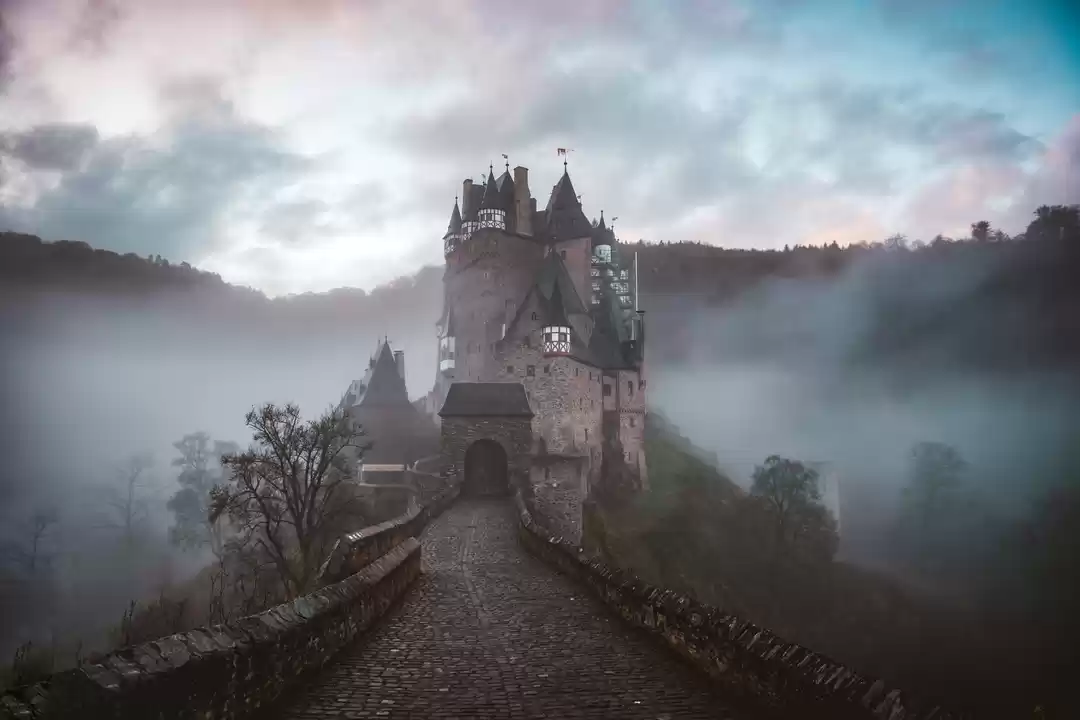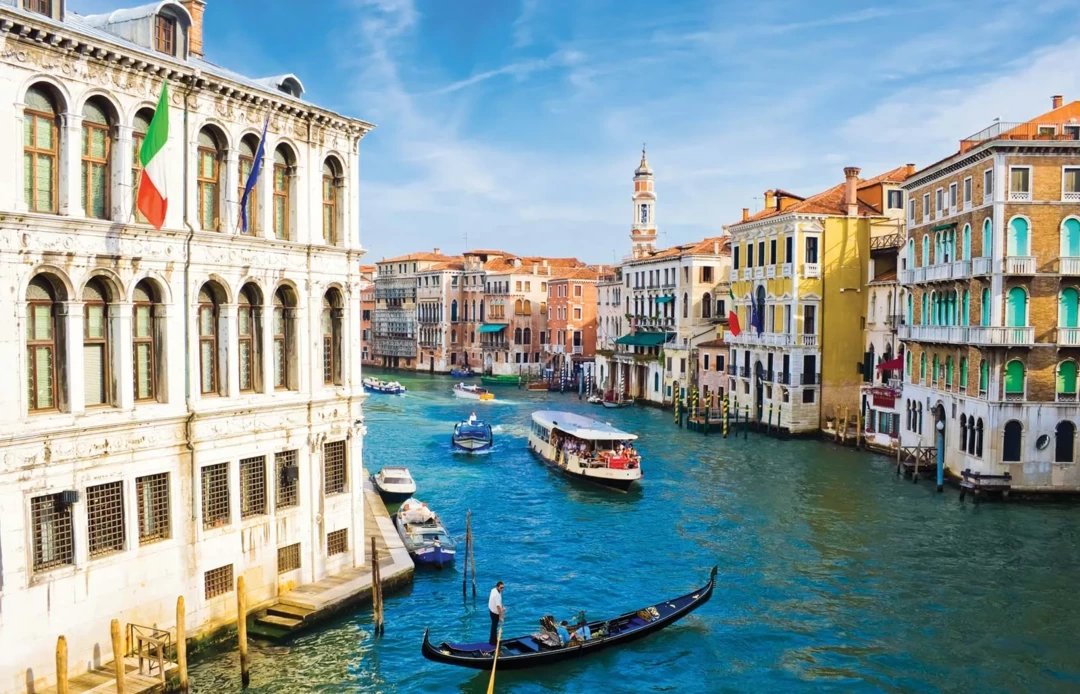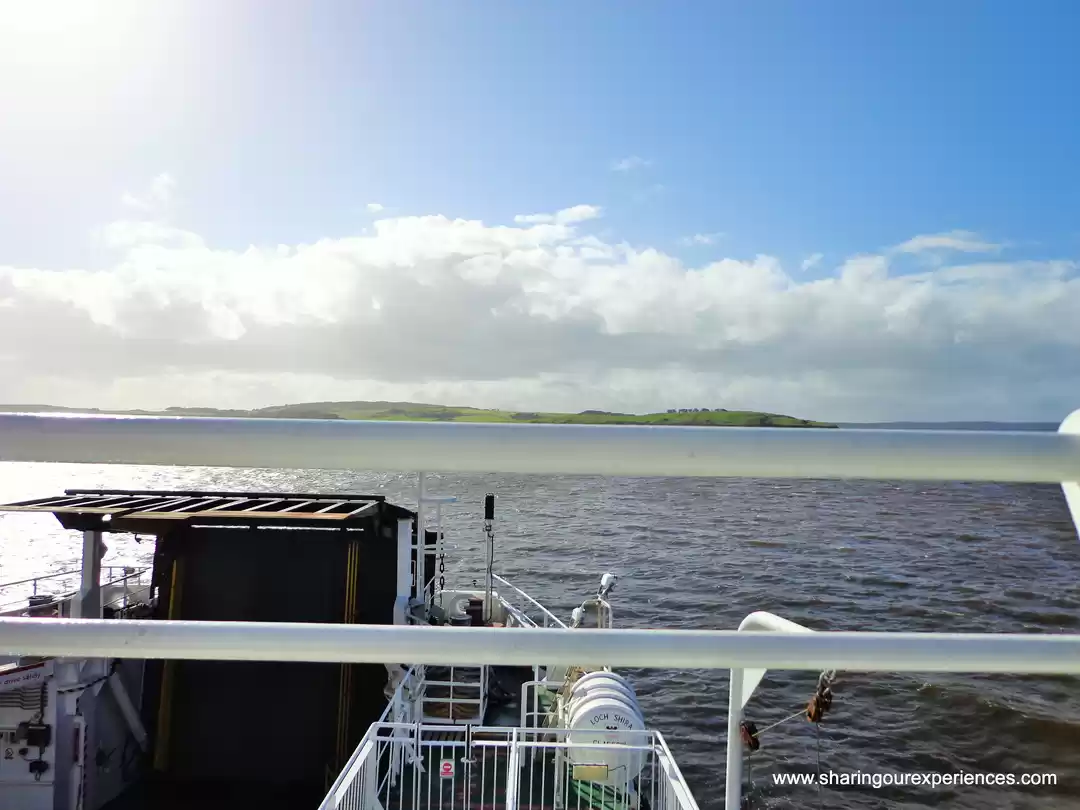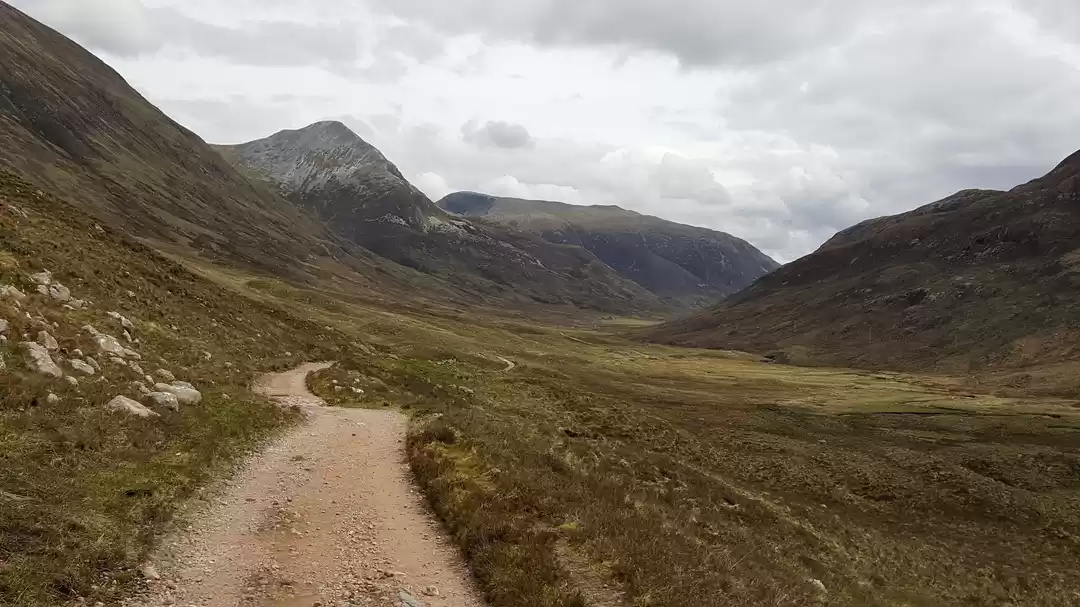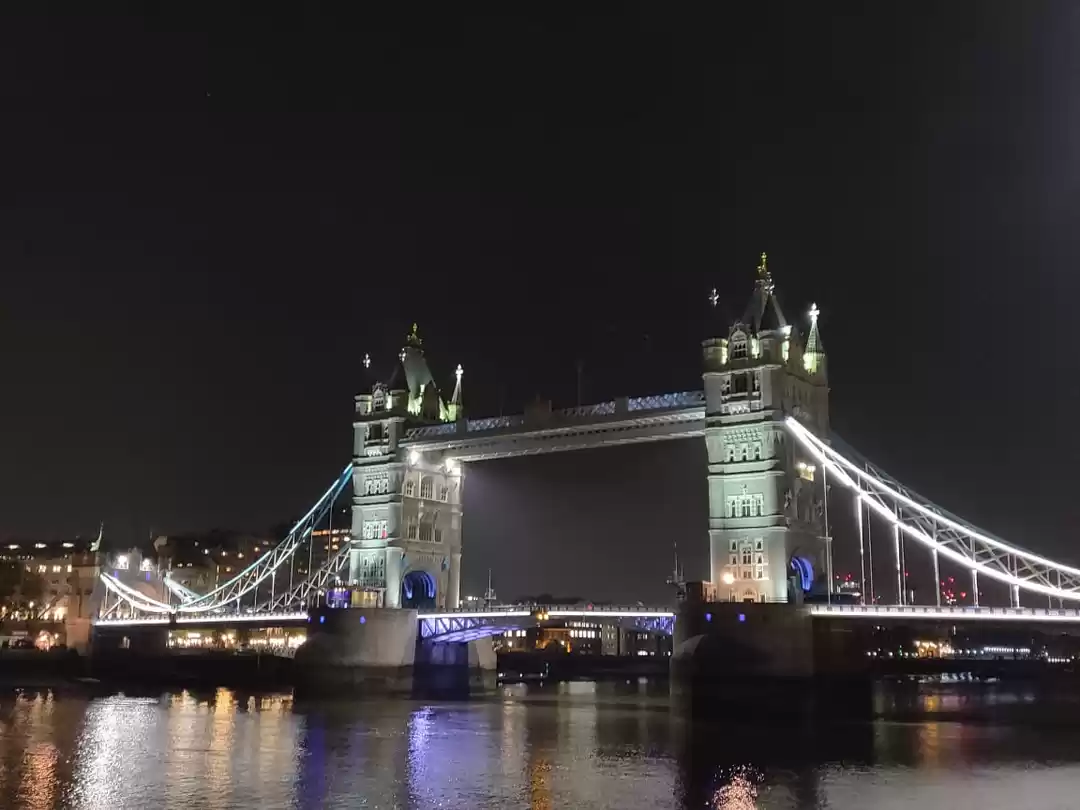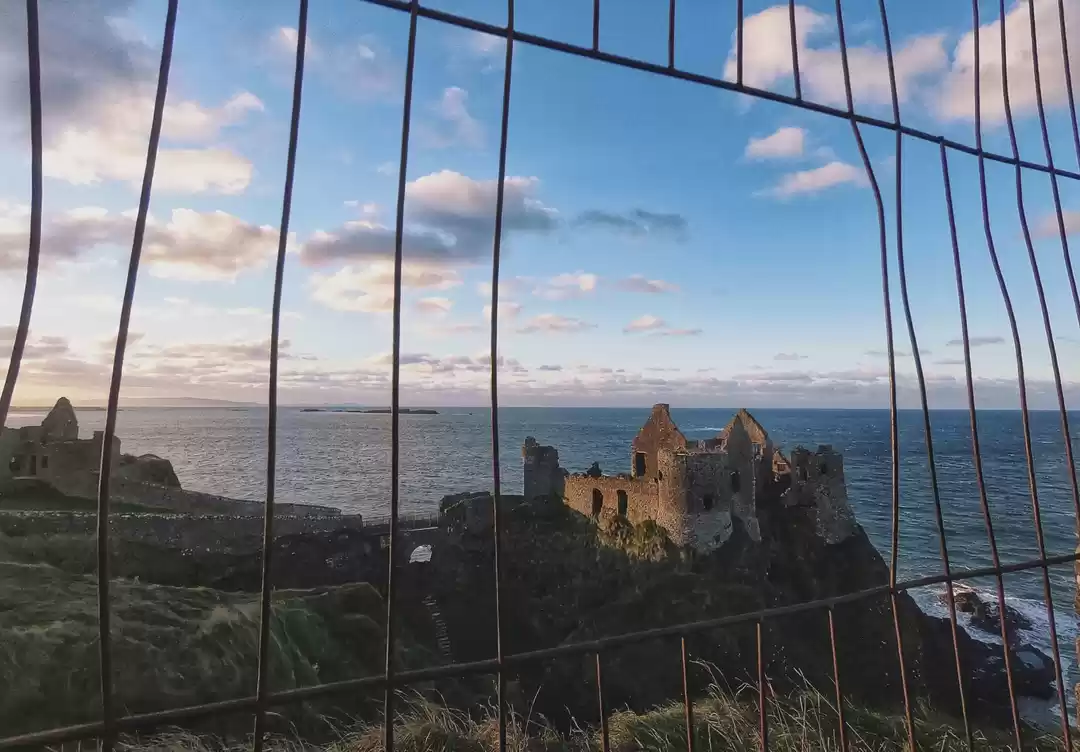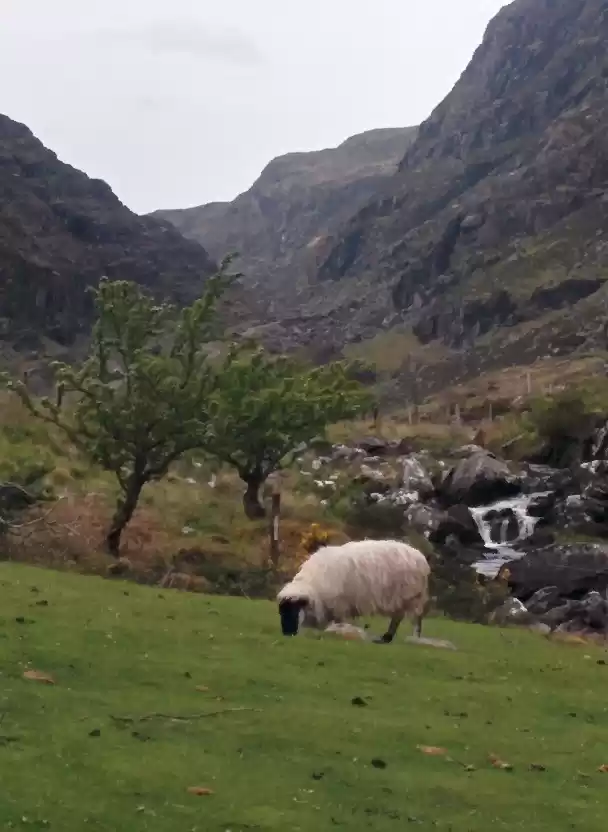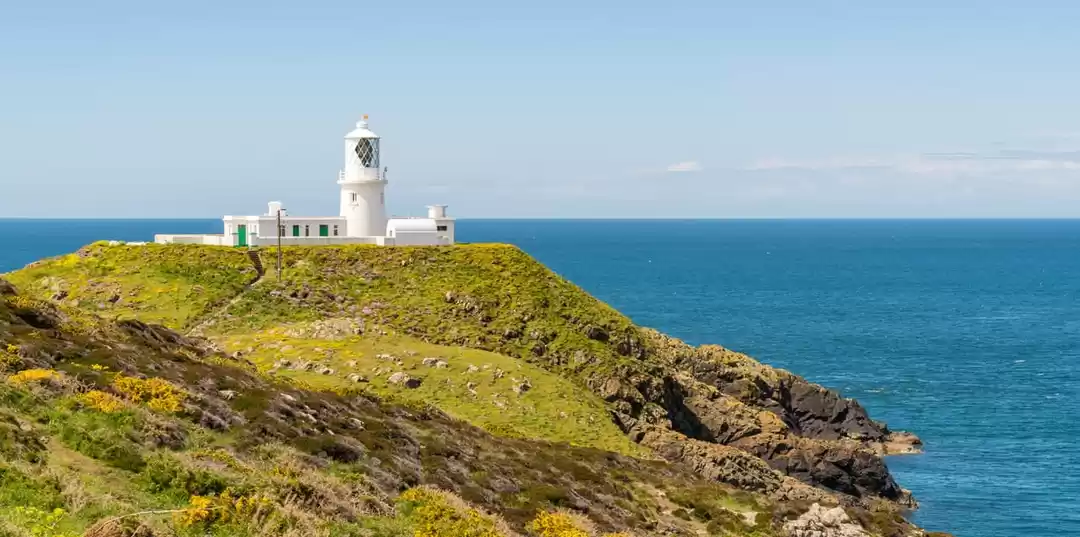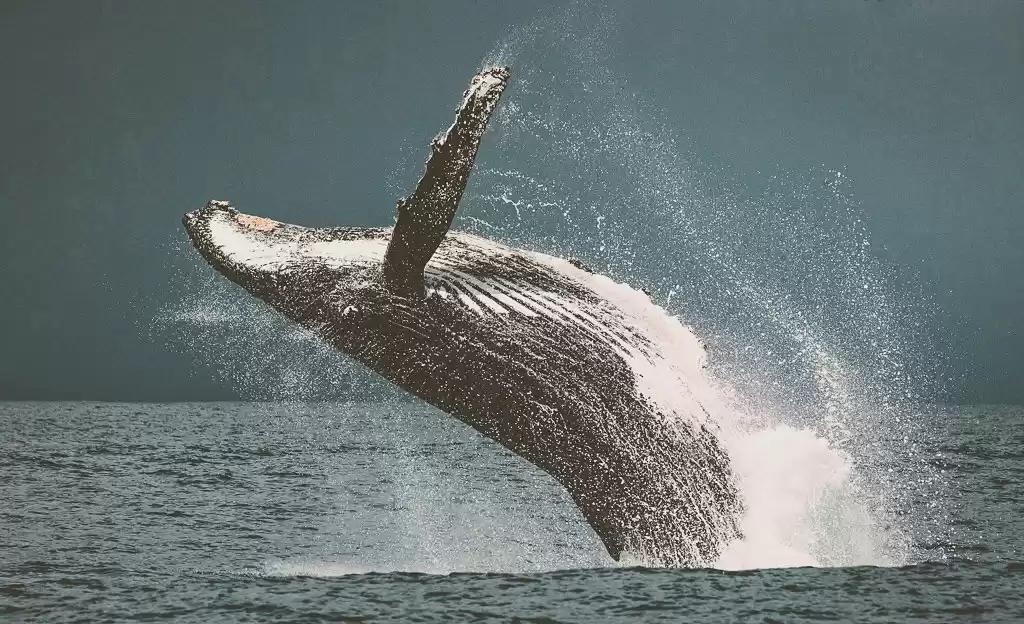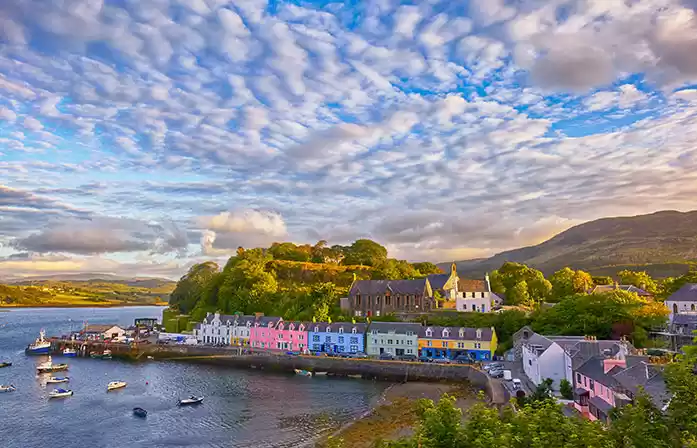
Book cheap flight tickets to Iona, which is a small calm island, just six kilometers (four miles) extensive and two kilometers (one mile) broad. However, its influence on the past of Scotland and, certainly, the world, is huge. It was here that St. Columba established his popular abbey, and the island is identified as the foundation of Christianity in Scotland. It is also stunning, with white sand beaches, a capital of animals and flowers, and a profound feeling of peace. Here is our manual to this magical isle.

Location.
Located around two kilometers off the shore of the island of Mull, itself positioned off the distant Ardnamurchan cape on the west shore of Scotland, Iona is low and frequently brushed by the breezes that come in from the Atlantic Ocean to the west. Being such a tiny island, the chief colony, Baile Mòr, is frequently merely known as The Village, and the residing inhabitants are small — not more than 200 — but every year the island lures 130,000 tourists.

History.
Individuals have existed on Iona for several years, way before St. Columba came onto land. The utmost tip on the island is just 101 meters (331 feet) and is covered by the relics of an Iron Age hillfort, preceding Columba by hundreds of years. But, it was the arrival of the Saint that fastened Iona’s position in history. After being banished from his home Ireland, Columba and twelve followers set up the initial abbey on the island and started the procedure of changing the Picts of Scotland to Christianity, trailed by the northern English Anglo-Saxon clans. Iona became famous as a hub for knowledge and for unfurling the Christian faith.
Trailing a sequence of Viking robberies beginning in the late 8th century AD, the friars of Iona made the choice to desert the abbey in 849AD, dividing their spiritual artifacts and riches amid Scotland and Ireland. After this Iona arrived into a dim age, with little inscribed about the region for hundreds of years, but it perhaps became a portion of the Kingdom of the Isles — a primary early realm blanketing most of the western islands and the continent of Scotland.
During 1203, a Benedictine monastery was built on the isle, with their primary Abbess being Bethoc, the daughter of one of the acclaimed Lords of the Isles, Somerled. An Augustinian convent was also built during the medieval age, but together this and the Abbey collapsed after the Reformation.
Though this seems like an extensive history lesson, it is for exactly these causes that Iona remains to be such an attraction to travelers, most of whom visit for religious causes, either to visit for a period for a spiritual escape or to view the Abbey and discover more about its past personally. This is generally thanks to the 1899 making of the Iona Cathedral Trust, who started mending the destroyed structures. During 1938 the Iona Community was established, and they remain to transport people to the island still. Historic Scotland cherishes of most the ancient structures and graves, plus those of around 50 Kings of Scotland, Ireland, Norway, and France and, more lately, that of John Smith, the head of the Labor Party in the UK till his death during 1994. A few authors have proposed that the entombing of Kings on Iona might have affected myths of King Arthur, and the stories of the Island of Avalon.
But, there are other causes why you should take a holiday to this stunning isle.

Nature.
Iona has plenty of countrysides, both on the property and, particularly, throughout her coasts. The wildflowers here are remarkable, mainly during midsummer, with preferences that comprise of sea holly, four types of orchid, and thistles, speedwell, and harebells. Birds comprise of the comical puffins, exceptional corncrake, great northern divers and many more Off coast the waters of Iona lure the second biggest fish on the planet — the orca and also the basking shark, minke whales, and pilot, three types of dolphin and occasionally the uncommon and huge sunfish. Tally to this the seals and otters on every side of the shore, and it is not difficult to understand why nature-admirers gather to the island; here they could come face-to-face with various different types, all inside a small terrestrial region.
Other Pursuits.
Iona consists of a golf course, of kinds — it is complimentary and utilizes the pure machair (a kind of low grass and wildflower field above a sand base that is located in the west of Scotland). The path is packed with sheep and cows, and it has stunning sights above the beach beneath. The beaches of Iona are numerous and one of the delightful things about the island is that it is normally likely to discover an attractive and protected beach, no matter the course of the wind, merely by traveling to the other section of the island! Strolls are ample and can comprise of a tour to the deserted marble pit in the south of the island, or merely a stroll. It is not difficult to discover a peaceful location. There are a couple of cars here — tourists have to keep theirs prior to getting on the ferry — but you could rent a bike to travel about that little faster.
Book cheap air flights to Iona, Scotland, and you’ll find that the speed of life here is unhurried than you may be used to, and this works totally to the mysticism of the island. Even if it is the deep awareness of the past, or the tranquil factions, or maybe the attractive animals and flowers, or the overwhelming sunsets, Iona is a location that remains with you, and most people come back to visit again and again. Really a magical island.
Read More:- Welcome to Iona: Scotland’s Hidden Mystic Island.
This Article, Information & Images Source (copyright):- Travel Center UK Blog



